If I was ever on Jeopardy and there was a category entitled
“Foods that start with the letter X,” I would totally clean up.
Speaking of game shows, remember “Family Feud?” That’s sort of what I felt like trying to prepare for “X week.” (Big red X’s flashing across my screen as I searched for foods starting with X).
hour last week wandering around Chinatown looking for Xigua, a type of watermelon grown in China.As some of my followers pointed out, since it’s
technically just the Mandarin name for watermelon…why couldn’t I just use a regular watermelon? Well, because I’m obsessive, and when I get fixated on
something, I can’t let it go. I wanted the Chinese
watermelon with the almost-black skin. Turns out, they aren’t in season yet.
 Onto the next obscure X food. I discovered there are a
Onto the next obscure X food. I discovered there are a
couple of Greek cheeses that start with the letter X. Perfect! I love cheese and I also love
Greek food. One is called Xynotyro and they other is Xynomizithra. “Xyno” means
“sour” in Greek, so both are more of a creamy, sour type of cheese.
I called around to a bunch of cheese shops and Mediterranean delis, and no one had even
heard of Xynotyro. Mizitra is slightly more common, but not the particular kind
I was searching for. I learned there are actually three different types of
Mizithra, but only the dry, grating variety is generally sold in the U.S.
Getting dangerously close to striking out here. Turns
out, the Greek word for “dry” is “xeri,” so in Greece, this type of cheese is
commonly referred to as Mizithra Xeri. So what did I do? I went and bought some Xeri Mizithra. Is it a stretch? Yes. Do I care? At this point, no. (Still, for some reason, I picture Alex Trebek saying “Sooorry, no.” Either that or three big, red, flashing X’s).
So now that I had it…what should I do with it? I tried a little piece of the Mizithra. It crumbles sort of like feta, but it is more
similar in taste to a Parmesan, and grates like an Italian hard cheese as well. It’s also extremely salty. I decided to see how
it would taste in Spanakopita, which is a traditional Greek dish.
To make spanakopita filling, you need some cooked spinach. However, I happened to have a bunch of lacinto kale in my fridge, so I decided to use that instead. I sautéed some garlic and onion in a little olive oil, added the kale, and cooked
until wilted. Season with fresh cracked pepper and just a smidge of salt. (The cheese is pretty salty, so you won’t need as much as you normally would).
Kale Spanakopita Cups
Spanakopita made easier by utilizing a mini muffin pan. Feel free to use feta or ricotta and definitely omit the myzythra if you can't find it!
Ingredients
- 1 to 2 tablespoons olive oil, plus more (or melted butter) for greasing and brushing
- 1 small onion, chopped
- 2 cloves garlic, minced
- 1 bunch kale, stems removed, leaves chopped
- Kosher salt and freshly ground black pepper
- 7-8-ounce block fresh Greek feta cheese, packed in brine, drained and crumbled (or can sub 1 cup ricotta)
- 1/3 cup dry Mizithra cheese, grated (can omit)
- 1 to 2 tablespoons chopped fresh parsley leaves
- 1 teaspoon dried Greek oregano
- 1 egg, lightly beaten
- 8 to 12 frozen phyllo dough sheets, thawed and at room temperature (see Cook's Note)
Instructions
Preheat the oven to 375 degrees F (or the temperature according the package directions). Brush a 12-cup muffin pan or 24-cup mini muffin pan with olive oil or melted butter.
Heat the 1 to 2 tablespoons olive oil in a large skillet over medium heat and add the onions. Cook, stirring occasionally, until softened, 3 to 5 minutes. Add the garlic and cook, stirring occasionally, for 1 minute. Add the kale and cook, stirring occasionally, until wilted, about 5 minutes. Season with pepper and a pinch or two of salt. Remove from the heat and let cool.
Transfer to a medium bowl, add the feta, parsley and oregano. Stir to combine, taste and add salt and pepper, to taste. Stir in the egg until combined. Set aside.
Unroll the phyllo sheets and cover with plastic wrap, followed by a damp kitchen towel. (You can use the plastic the sheets were rolled in.) Remove 1 sheet of phyllo and place on a clean work surface. Brush with melted butter or olive oil. Place a second sheet on top and brush with more butter or oil. Repeat until you have a stack of 4 phyllo sheets. Using a 3-inch round cookie or biscuit cutter, cut the stack into rounds. Place 1 stack of phyllo rounds in each cup of the prepared muffin pan, pressing in to form a cup shape. Repeat the process with the remaining phyllo sheets until all the muffin cups are filled. Divide the kale and feta filling equally among the phyllo cups.
Bake until the phyllo is lightly browned and the filling is heated through, 20 to 25 minutes. Remove from the oven and serve the spanakopita cups warm or at room temperature.
Notes
Thaw the phyllo in the refrigerator for at least 8 hours, then remove from the refrigerator 1 hour before using to bring to room temperature.


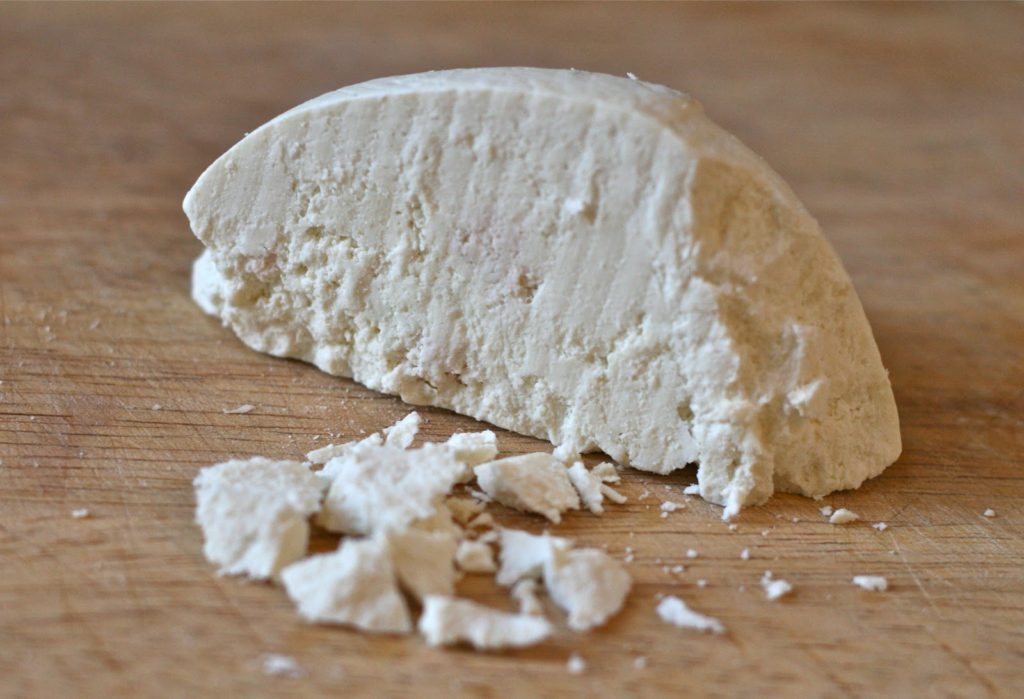
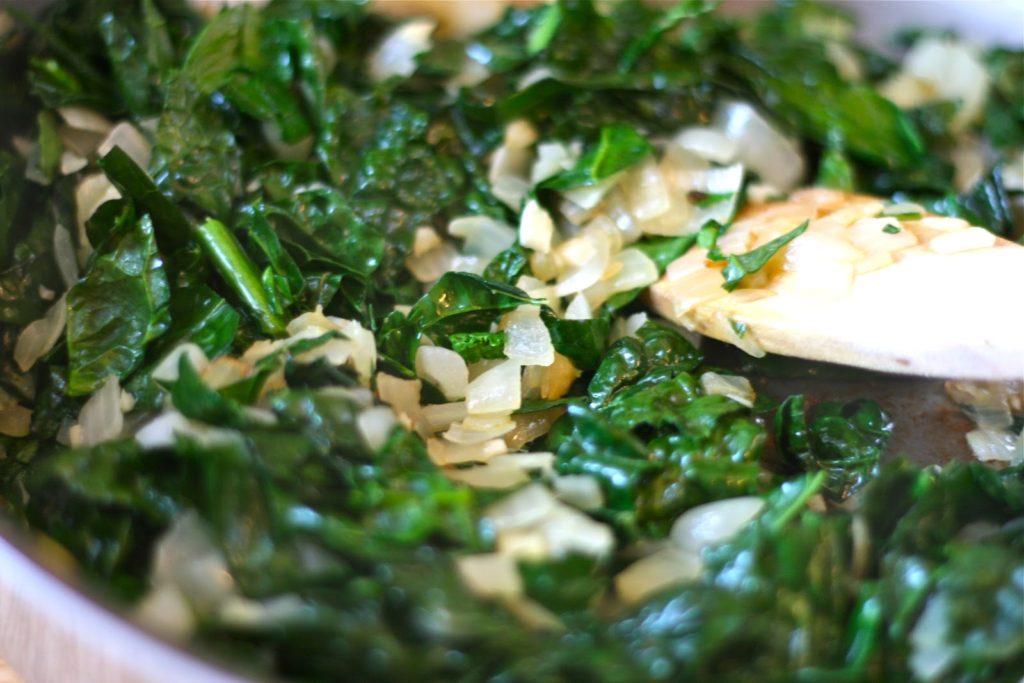
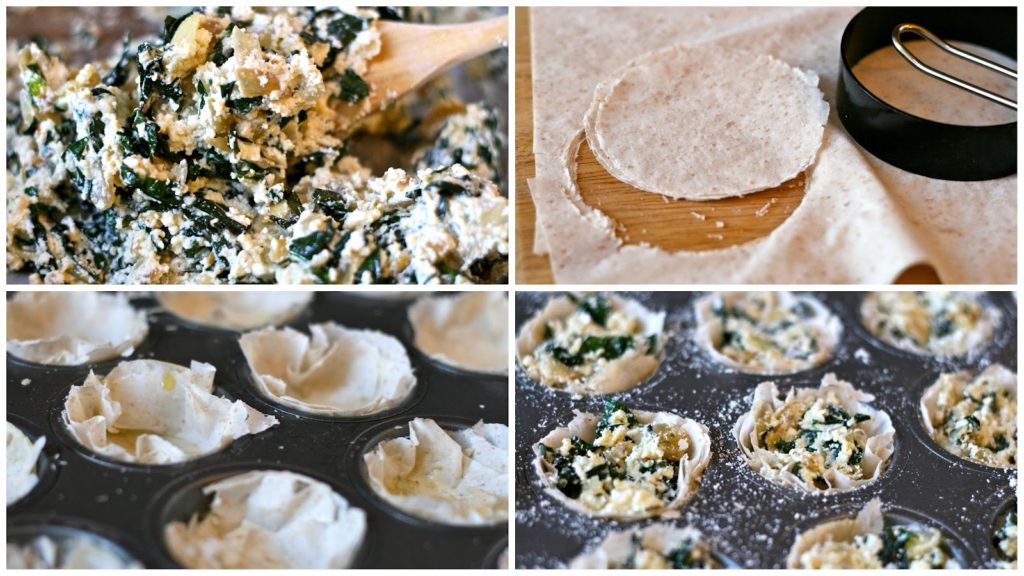
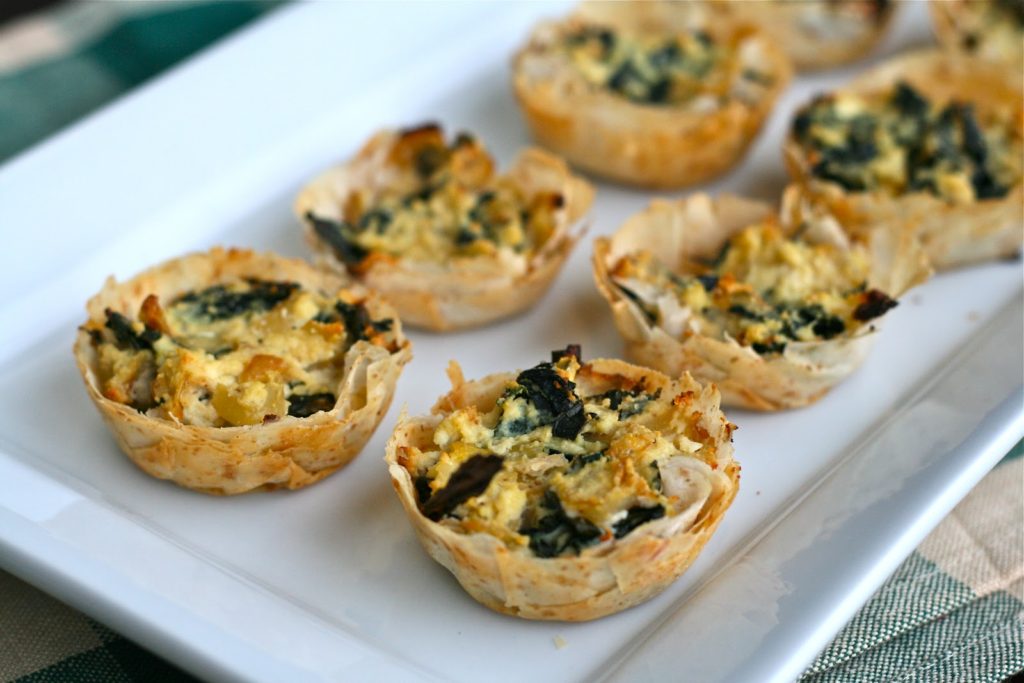



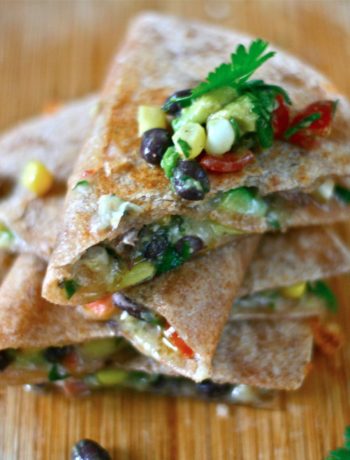
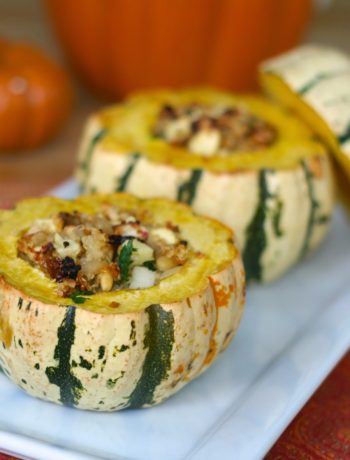
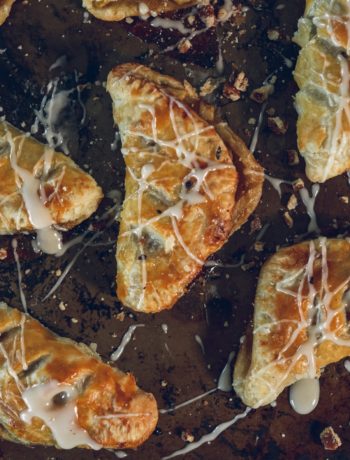
Karen
March 16, 2012 at 10:03 pmRegardless if they really start with x or not they look delicious. What are you going to do after Z? Will you keep blogging?
jaymeesire
May 2, 2012 at 7:13 amHey Karen! For some reason I just now saw this. 🙂 Thank you! I just remembered I have some leftover phyllo in the freezer. Might need to make these again!